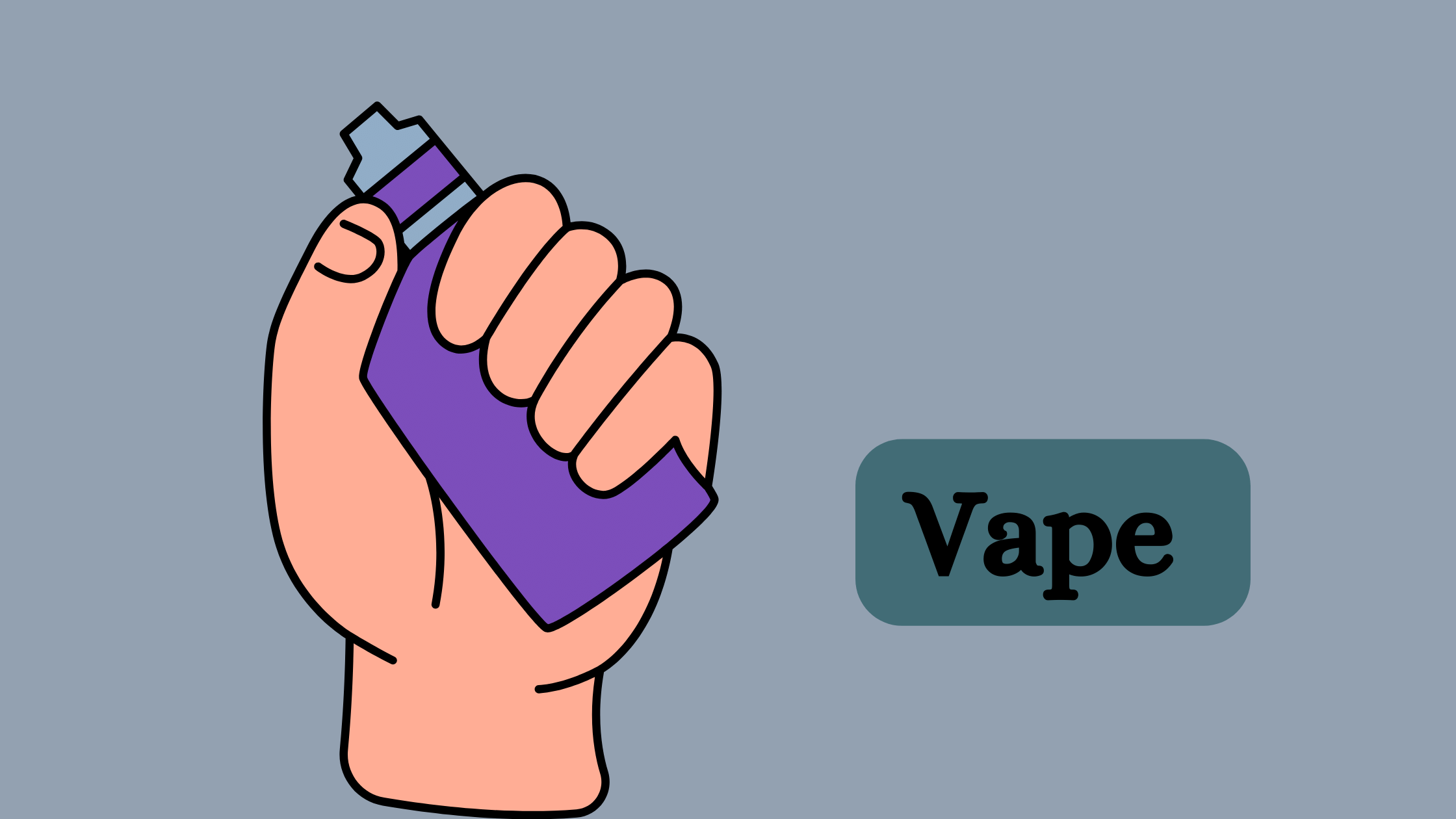
While vaping is often presented as a cleaner alternative to smoking, the exhaled aerosol — commonly known as secondhand vape — may not be benign to those in the vicinity. Secondhand vaping combines nicotine, flavoring agents, propylene glycol, and glycerin. Some believe that since aerosol dissolves faster in the air than cigarette smoke, it is less of a concern. However, the long-term environmental and health impact of inhaled chemical mixtures from secondhand vape remains under scientific scrutiny. As vaping devices become more widespread, the forms of exposure are also diversifying, including in confined spaces like homes and cars, as well as open areas such as parks and outdoor cafés.
The characteristics of secondhand vape aerosols are different from secondhand smoke in several ways. There is less of the traditional ‘smoke smell,’ and the particulate often clears from the air more quickly. With the increasing popularity of electronic nicotine delivery systems (ENDS), understanding the health ramifications for non-users is more important than ever. Recognizing the nuanced risks associated with the effects of secondhand vape exposure is crucial for informed choices and policy development.
Health Implications of Secondhand Vape
The topic of secondhand vape is teeming with implications for both individual and public health. For non-smokers, particularly those with asthma or other respiratory conditions, exposure to secondhand vape can be a trigger for symptomatic responses. Immediate effects may include eye irritation, throat discomfort, and allergic reactions. While these symptoms are typically short-lived, their occurrence prompts larger questions about chronic exposure. For example, researchers are scrutinizing the exposure to particulate matter and volatile organic compounds (VOCs) in secondhand vape and exploring its association with adverse respiratory outcomes. The concerns are amplified when considering sensitive populations like children whose developing respiratory systems can be more susceptible to airborne contaminants.
Regulatory Measures and Public Health Policies
The regulatory environment surrounding vaping is a tapestry of local, state, federal, and international laws continuously adapting to new research and societal trends. Many policymakers are examining the parallels between secondhand smoke and secondhand vaping to establish zones where vaping is prohibited. Such measures aim to curb potential negative health outcomes of involuntary exposure in public environments. In addition to smoking bans in places like restaurants, several schools and hospitals are setting precedents by including vaping in their clean air policies.
International public health bodies like the World Health Organization (WHO) have been instrumental in framing the conversation around vaping and health risks. They set the agenda for research priorities and recommend guidelines that influence policy. Emulations of stringent regulatory structures, as seen in the tobacco industry, are surfacing in the realm of vaping, aiming to create environments that prioritize the health of the community and especially its most vulnerable members.
Navigating Social Norms and Etiquette
The social customs regarding vaping are in a state of flux as public opinion evolves alongside increasing knowledge about its health implications. Vapers are often caught in the crosshairs of the debate, being asked to balance their freedom with the communal right to clean air. Social etiquette is morphing to promote respect and consideration; it is becoming less acceptable to vape in crowded public spaces or the presence of children and pregnant women. These behavioral norms reflect the growing acknowledgment that vaping is not an entirely personal act but has repercussions on the immediate environment and those within it.
For non-smokers, there’s also a growing acceptance — and encouragement — of voicing concerns over secondhand vape exposure. Advocacy for smoke-free air is extending to encompass vape-free environments, and many establishments are beginning to implement their regulations ahead of legally mandated ones. Creating a dialogue that includes vapers, non-vapers, health experts, and policymakers is key to developing fair practices and fostering mutual respect in shared spaces.
Advancements in Research and Technology
The quest for empirical data on secondhand vapes is vigorous, with recent studies casting light on its constituents and associated health risks. Continuous research is paramount to guiding safer vaping practices and inspiring the creation of safer vaping apparatus.
Advances in technology are concurrently seeking solutions that reduce the impact of secondhand vaping. Air purifiers designed specifically to capture fine particles and VOCs are an area of innovation, offering hope for cleaner indoor air in vaping spaces. Though no technology can eliminate the risks, such efforts signify a proactive stance in countering some of the potential detriments posed by vaping.
Educational Initiatives and Community Outreach
Knowledge is power, and in the realm of vaping and secondhand vape exposure, arming the public with information is crucial. Through education, individuals can make informed decisions about their conduct and advocate effectively for public health measures. Educational programs spearheaded by health authorities, schools, and community groups promise to minimize misinformation and myths about vaping. They also serve as a platform for sharing the latest scientific insights into the effects of exposure, facilitating an informed public debate.
Community outreach programs take education beyond the confines of traditional settings, reaching smokers and non-smokers alike where they are. This grassroots-level initiative is particularly effective in engaging youth, a demographic disproportionately represented in vaping statistics. By implementing interactive sessions, distributing informative literature, and utilizing social media, these programs aim to create a ripple effect of awareness and preventative behavior in the community.